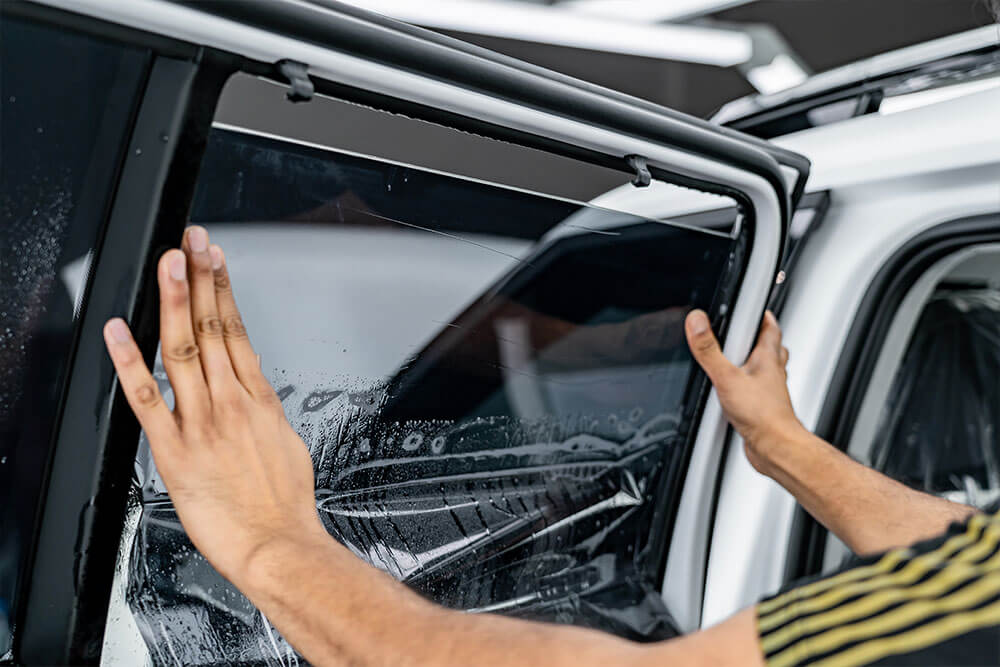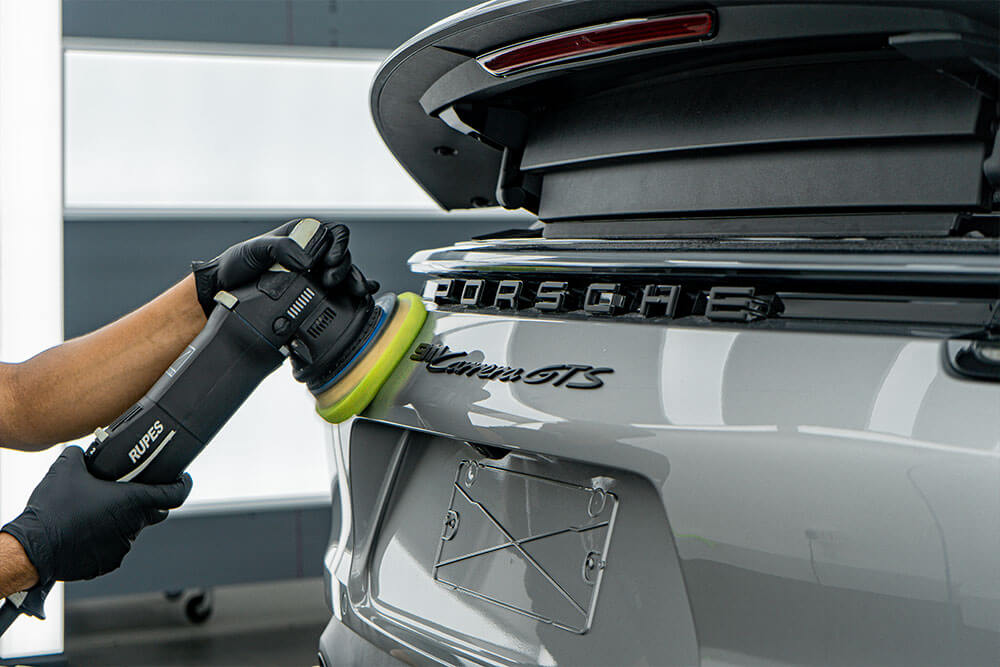
Window tinting offers more than just privacy and style; it plays a critical role in protecting passengers and the car’s interior from harmful UV rays. But how exactly does this process work? The science behind UV protection in window tinting films involves advanced materials and precise engineering, creating a barrier that filters out damaging rays while allowing beneficial light to pass through. Here’s a closer look at how window tinting films effectively shield against UV exposure.
Understanding UV Rays
Ultraviolet (UV) light is a type of electromagnetic radiation emitted by the sun. UV light has two primary components that affect us: UVA and UVB rays. While both can be harmful, UVA rays penetrate deeper into the skin, accelerating aging and contributing to skin damage, while UVB rays are known to cause sunburn and, with prolonged exposure, can lead to skin cancer. UV rays also cause materials to fade, dry out, or crack over time. This is especially relevant for car interiors, where exposure can lead to discolored upholstery, cracked dashboards, and weakened materials.
How Window Tinting Blocks UV Rays
Window tinting films use special materials to selectively filter light, allowing visible light to pass through while blocking UV wavelengths. The film is typically made from polyester with added UV-absorbing compounds, dyes, and sometimes metallic or ceramic particles, each of which helps to block or absorb UV light. Here’s how it works:
- UV-Absorbing Compounds
Many high-quality tinting films contain chemical compounds that absorb UV radiation, preventing it from penetrating through the glass. These compounds interact with UV rays and convert the harmful energy into heat, which is then dissipated harmlessly. By doing this, the film blocks a large percentage of UV radiation, protecting both passengers and the car interior. - Dyed and Metallic Particles
Dyed films work by absorbing UV rays, while metallic films reflect them away. The dye absorbs the rays and prevents them from passing through the film, which is effective for privacy and some heat reduction as well. Meanwhile, metallic particles in some tints act as tiny mirrors, reflecting UV rays away from the car. This dual effect of absorption and reflection greatly reduces the UV exposure inside the car. - Ceramic Technology
Ceramic window tinting is the latest advancement in UV protection technology. Unlike dyed or metallic films, ceramic tint doesn’t fade over time or interfere with electronic signals. Instead, ceramic particles embedded in the film absorb UV light and block nearly 99% of harmful rays without affecting visibility. Ceramic tints are highly durable and are excellent at reducing heat and glare, making them a premium choice for UV protection.
The Benefits of UV Protection in Tinting
- Health Protection
By blocking harmful UVA and UVB rays, tinted windows provide a safeguard for passengers’ skin. This is particularly valuable for those who spend extended time driving or live in sunny climates where UV exposure is a daily concern. - Interior Preservation
UV rays can degrade car interiors, causing upholstery to fade and dashboards to crack. Tinting films protect these surfaces, helping retain the car’s appearance and prolonging the life of materials. This not only keeps the car looking newer but also helps maintain its value. - Temperature Control
Tinting films with UV protection also contribute to a cooler interior by reducing solar heat. This reduces the need for air conditioning, which in turn improves fuel efficiency. A cooler cabin provides greater comfort for passengers, especially in hotter climates.
How to Choose the Right UV-Protective Tint
When selecting a tint, look for options with high UV protection ratings, typically above 99%. Ceramic tints are especially effective due to their longevity and advanced heat rejecting properties. Consider factors like durability, heat rejection, and clarity to find a film that meets your specific needs for UV protection and comfort.
Final Thought
The science behind UV protection in window tinting films brings together advanced materials and thoughtful engineering to create an invisible shield against harmful rays. By understanding the power of these films, car owners can enjoy the peace of mind that comes from knowing their vehicle is not only cooler and more comfortable but also safer for everyone inside.


